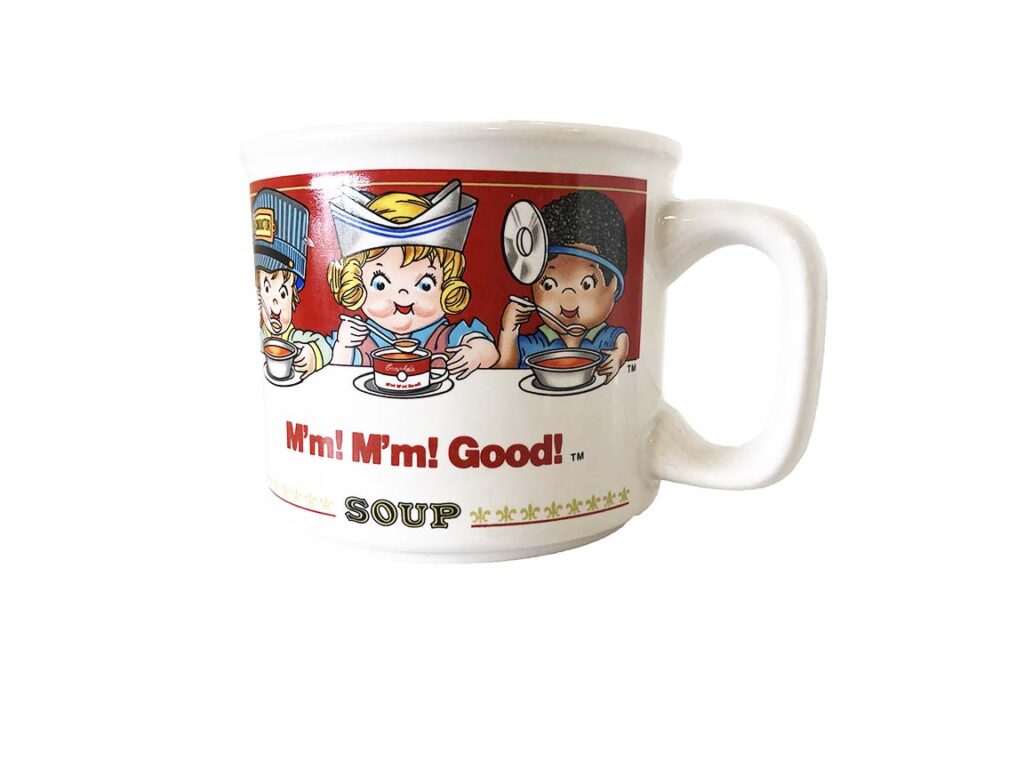
Dorri Partain
Contributor
Chubby, rosy-cheeked tots indicated good health and have been a mainstay advertising campaign for Cambell soup, appearing on numerous items for more than
100 years.
As drawn by artist Grace Weiderseim Drayton (1877-1936), the Campbell kids first appeared on streetcar advertisements in 1904. Her husband, Theodore Weiderseim, was a lithographer that produced billboards for streetcars and showed his wife’s drawings to the advertising department for the Joseph
Campbell Company.The company was founded in 1869 when Joseph Campbell (1817-1900) a produce vendor, partnered with Abraham Anderson, owner of a canning facility. Anderson left the partnership in 1876. Campbell took over company operations and produced the first canned soup, tomato, in 1895. The company was renamed the Campbell Soup Company in 1922
Grace’s illustrations of children dressed in various occupations included short rhymes extolling the nutritious virtues of Campbell soups. A chubby tot dressed as a farmer was paired with this rhyme: I’m the Campbell farmer-man so jolly, plump and hearty- Please thank me for gorgeous soup and ask me to your party!
The popularity of Grace’s drawings led to the first licensed products, a series of dolls produced by the E.I. Horsman Co. in 1909 that were sold through Sears and Montgomery
Wards catalogs.
In addition to the Campbell kids, Grace Drayton also drew Dolly Dingle paper dolls and the Dottie Dimple comic strip, which debuted in 1908. Both characters and their friends were drawn in a
similar style.
The Weiderseims divorced in 1911 and Grace married William Drayton, and continued using Drayton to sign her work even after they divorced in 1923.
As radio advertising developed, Campbell’s introduced a jingle in 1931: M’m! M’m! Good! M’m! M’m! Good! That’s what Campbell’s soups are, M’m! M’m! Good!
In 1954, for their 50th anniversary, the Campbell’s kids were reintroduced. Drawn by a new artist, they were modernized and mostly shown as a boy and girl dressed as chefs. A new set of dolls was produced and sold as a pair for $3.50 with 500,000 sets distributed. Additional toys and products included a children’s cooking set that included cans of soup.
In the 1980’s the Campbell kids were updated with modern clothing instead of chef wear but still retained original features such as big eyes and round cheeks. Through licensing, they appeared on numerous sets of mugs and other ceramics, such as this Westwood soup mug dated 1997. The mug holds 14 ounces of cold or hot soup and is microwavable.

















